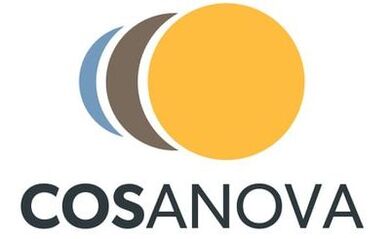Tips for QCL Carbonyl Sulfide
|
Methods of measurement
NOAA and many Scripps data are produced using the GC-MS method. Small aliquots of samples are pre-concentrated on a cryo-trap before being introduced into the GC. If you are altering an existing set up used primarily for other compounds (e.g. CFCs), often there is an ascarite trap in the sample handing system to prevent CO2 interference with chromatography. Ascarite partially absorbs OCS. Removal of the ascarite trap and some careful methods development can yield consistent measurements. Four companies make commercially available QCL units that have been deployed in the field: Aerodyne (Wingate, Commane, Seibt, Maseyk, Berry, Yakir, Wohlfahrt, Kooijmans) MIRO Analytics (no published data yet). New competitor to Aerodyne. Los Gatos Research (Still, Berkelhammer, LaFranchi) These units are less expensive than Aerodyne or MIRO, but the product line does not appear to be actively improved. Aeris Technologies (Meredith, Commane, Whelan). This last one is much less expensive but has yet to produce presentable data and operators have run into many problems. |
